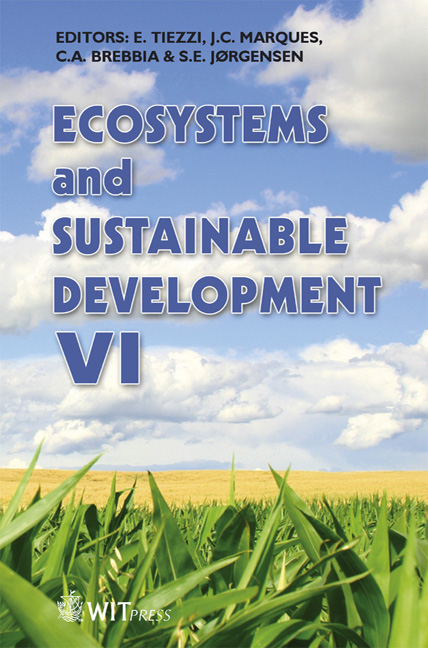Emergence Of Novelties: A Thermodynamic Approach To Ecosystems
Price
Free (open access)
Transaction
Volume
106
Pages
6
Published
2007
Size
411 kb
Paper DOI
10.2495/ECO070501
Copyright
WIT Press
Author(s)
E. Tiezzi, R. Ridolfi & N. Marchettini
Abstract
The First Principle of Thermodynamics is concerned with conservation, the Second Principle with evolution. Time, oscillations, instability and chaos are accorded scientific dignity by the Second Principle. Energy and matter are conservative properties of the biosphere (First Principle of Thermodynamics). Their organization and the information embodied in the history of energy and matter are evolutionary properties: such properties regard the thermodynamics of far-from-equilibrium systems. At equilibrium, energy and matter are blind; far from equilibrium they begin to see (Ilya Prigogine). This paper shows the emergence of novelties in some particular cases. 1 Introduction At all levels we observe events associated with emergence of novelty, that we can in turn associate with the creative power of Nature (Ilya Prigogine). Prigogine’s view introduces the transition from space culture to time culture, ascribing the scientific revolution at the end of the 20th century to the emerging properties, events and narrative elements of biological history. Concepts such as dissipative structures and self organization have become quite popular. Ecosystems arise and evolve stochastically by co-evolution and selforganization. They are complex systems, the components of which are all interconnected, and they do not obey linear deterministic laws. As underlined by the palaeontologist Roberto Fondi:
Keywords





